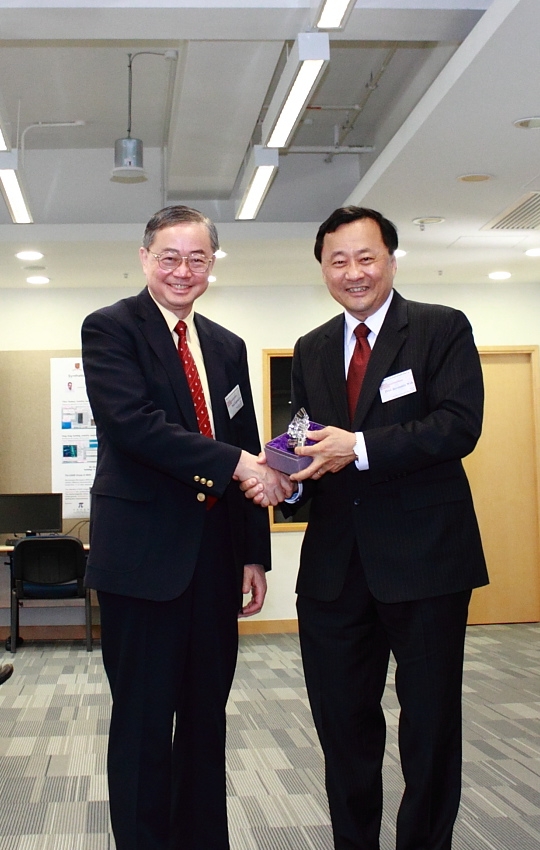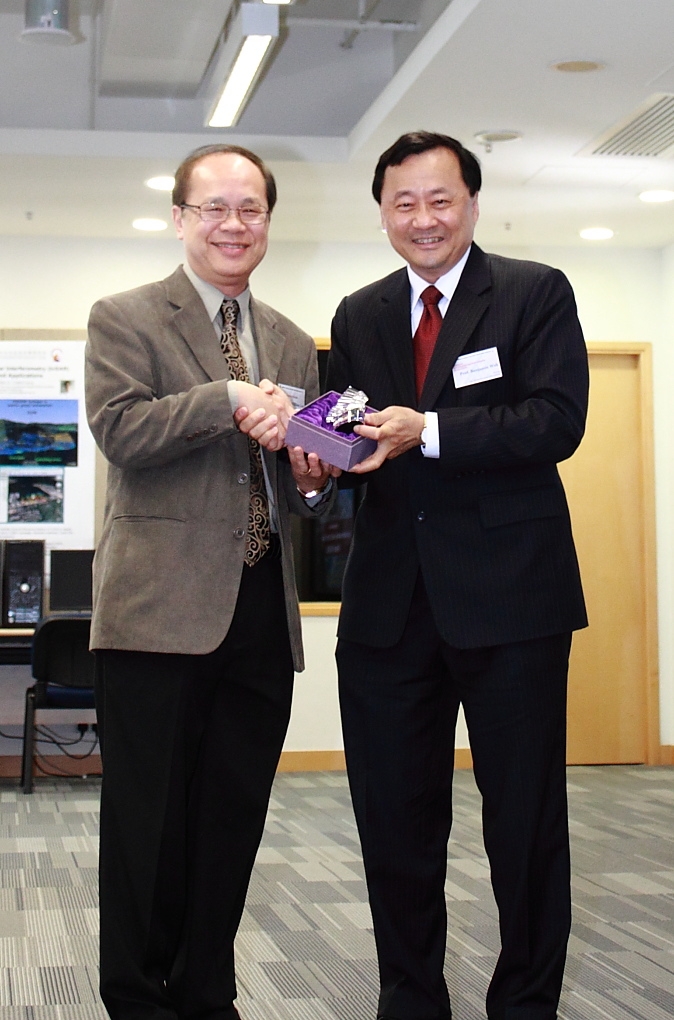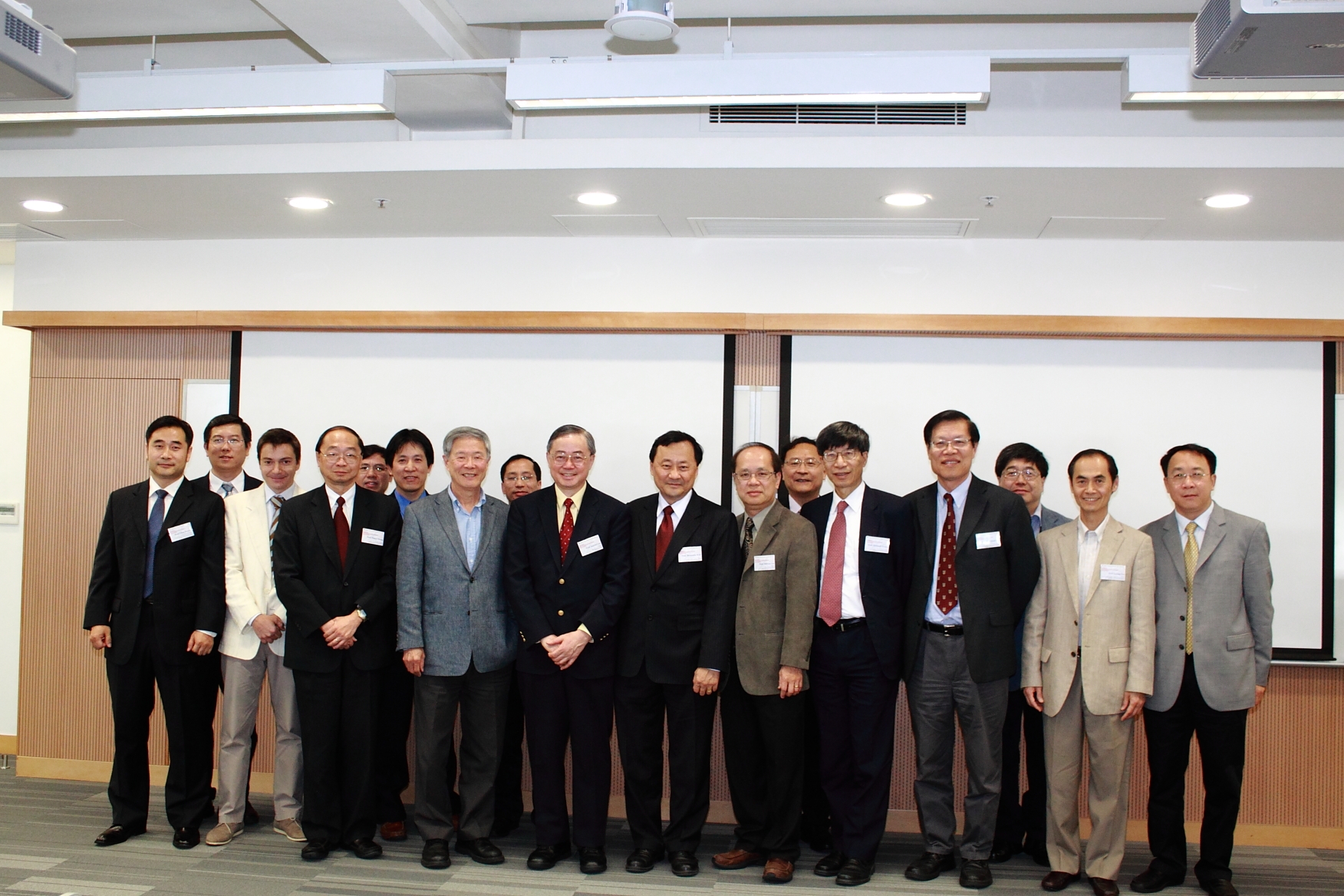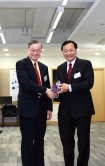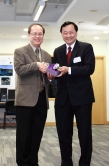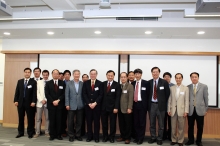CUHK
News Centre
CUHK Symposium on Geoinformation and Earth Sciences: Human Habitat Showcased Research Achievements Towards Better Living Environment
The Institute of Space and Earth Information Science (ISEIS) at The Chinese University of Hong Kong (CUHK) recently held the ‘Symposium on Geoinformation and Earth Sciences: Human Habitat’ to showcase the University’s research achievements in geoinformation and earth sciences. Prof. Benjamin W. Wah, Provost of CUHK, kicked off the symposium with a welcoming address, followed by keynote speeches delivered by three leading scientists, namely Prof. Gabriel Lau, Department of Geosciences, Princeton University, USA; Prof. William Lau, NASA Goddard Space Flight Center, USA;and Prof. Xu Guanhua, Wei Lun Research Professor of Space and Earth Sciences, CUHK.
In the symposium, ISEIS’s specialists introduced their latest research work on ‘Air/Ocean/Land Interactions’ and ‘Geoinformation Technologies’ under the theme ‘Towards a Better Living Environment for Human’. The specialists have a wide range of expertise including meteorology, ocean study, coastal environmental study, hydrology, agroecosystem, urban design, geographic information and satellite remote sensing sciences.
ISEIS considers consequences of complex interactions among atmosphere, biosphere/ecosphere, hydrosphere as well as human impacts as the major contemporary environmental issues. ISEIS offers an interdisciplinary platform for researchers from different backgrounds to study complex environmental issues and work out solutions to important earth and environmental issues in Hong Kong, the Pearl River Delta, southern part of mainland China and Southeast Asia, creating a better human habitat. ISEIS adopts cutting-edge geoinformation technologies (e.g. Satellite Remote Sensing and Geospatial Technologies) to understand the complex air/ocean/land interactions and provide new scientific insights to our environment. The CUHK Satellite Remote Sensing Ground Receiving Station provides timely and comprehensive environmental data for responding to ad hoc environmental issues in the researched regions.
Prof. Benjamin W. Wah (right), Provost of CUHK, presents a souvenir to keynote speaker Prof. Gabriel Lau, Department of Geosciences, Princeton University, USA
Prof. Benjamin W. Wah (right), Provost of CUHK, presents a souvenir to the keynote speaker Prof. William Lau, NASA Goddard Space Flight Center, USA


